Gastronomy of Guatemala, Guatemalan cuisine is a flavorful journey through a country’s history, culture, and diverse ecosystems. Nestled in the heart of Central America, Guatemala boasts a culinary tradition deeply rooted in its indigenous Mayan heritage, Spanish colonization, and the influence of various cultures, including African, Caribbean, and European. From the iconic pepián to the humble yet delicious atol de elote, Guatemalan food captivates the senses with its blend of flavours, ingredients, and historical significance. In this exploration of Guatemalan cuisine, we will delve into its historical roots, regional diversity, iconic dishes, street food culture, and the challenges and opportunities it faces.
Historical Roots:
Guatemalan cuisine has deep historical roots that stretch back to the ancient Mayan civilization, which flourished in the region for centuries before the arrival of the Spanish conquistadors. The Maya cultivated a variety of crops, including maize (corn), beans, squash, and chilies, forming the foundation of Guatemalan cooking. Their sophisticated cooking techniques, such as the use of comales (clay griddles) and the practice of nixtamalization (a method to process maize), continue to influence the culinary landscape.
Spanish colonization in the 16th century introduced European ingredients and cooking techniques to Guatemala. Wheat, rice, and livestock were brought to the region, melding with indigenous traditions and ingredients to create a mestizo cuisine that characterizes much of Guatemalan cooking.
Regional Diversity:
Guatemala’s diverse geography is a defining feature of its cuisine. The country can be divided into various culinary regions, each with its own unique flavours and dishes. Some of the most notable culinary regions include:
- Highlands: The mountainous region of the Guatemalan Highlands is known for its hearty and warming dishes. Ingredients like corn, beans, and potatoes are central to the cuisine. Dishes like pepián, a complex and rich stew, and jocón, a green sauce made with tomatillos and pumpkin seeds, are regional favourites.
- Pacific Coast: The coastal region offers an abundance of seafood. Dishes often feature fish, shrimp, and other marine ingredients. Ceviche and tapado, a seafood stew, are highlighted.
- Caribbean Coast: The Caribbean influence is palpable on the eastern coast, where ingredients like coconut, plantains, and seafood take centre stage. Dishes like rondón, a Caribbean seafood stew, and tapado caribeño, a Caribbean-style seafood soup, are beloved.
- Peten: Located in the north, Peten is home to unique ingredients such as the ramón nut and tikal fish. Dishes like pib, a traditional Maya dish cooked underground, and itab, a hearty stew, are part of the local cuisine.
- Oriente: The eastern region, including the jungles of El Oriente, provides ingredients like chaya leaves and tree tomatoes. Dishes like tamales de elote, sweet corn tamales, and granitos, a dessert made from ice shavings and syrup, are distinctive to the area.
Iconic Dishes:
Guatemalan cuisine boasts an array of iconic dishes that are beloved both within the country and among international food enthusiasts. These dishes encapsulate the essence of Guatemalan food culture. Some of the most famous Guatemalan dishes include:
- Pepián: A rich and complex stew made with a variety of ingredients, often including meats like chicken or beef, vegetables, and spices. It is traditionally served with rice and tortillas.
- Kaq’ik: A traditional Mayan turkey soup with a spicy tomato and chili-based broth, often accompanied by a corn tamale.
- Tamales: Tamales come in various forms in Guatemala, from the sweet tamales de elote to savory tamales filled with meats or vegetables and wrapped in banana leaves or corn husks.
- Hilachas: A hearty stew made with shredded beef, potatoes, and tomato sauce, often served with rice and tortillas.
- Subanik: A traditional dish from the eastern region, it features a thick and aromatic sauce made with toasted spices, seeds, and herbs, served with fish or other proteins.
Street Food Culture:
Guatemala’s street food culture is vibrant and offers a sensory-rich experience. From bustling markets to street corners, you’ll find vendors selling a variety of delicious and affordable snacks and dishes. Street food is an integral part of Guatemalan life and often offers a glimpse into traditional, home-cooked meals.
Must-try street foods include the beloved chuchitos, small tamales filled with seasoned meat and wrapped in corn husks, and garnachas, mini corn tortillas topped with minced meat, vegetables, and a tomato sauce. Empanadas de leche, sweet milk-filled turnovers, and atol de elote, a warm, creamy corn beverage, are popular street snacks, especially during the cooler months.
Challenges and Opportunities:
Guatemalan cuisine faces various challenges and opportunities. Modern lifestyles and the influence of fast food have led to a decline in traditional cooking methods and the importance of preserving traditional recipes and culinary techniques. Initiatives that emphasize the use of fresh, local ingredients and traditional cooking practices can contribute to culinary preservation and the well-being of the population.
Sustainability is another critical consideration. Encouraging the use of native ingredients, such as the ramón nut in Peten or chaya leaves in El Oriente, can help protect the country’s biodiversity while promoting sustainable farming practices.
In conclusion, Guatemalan cuisine is a captivating journey through a country’s history, culture, and culinary traditions. From the cherished pepián and tamales to the exotic flavours of the Caribbean coast and the flavours of the highlands, Guatemalan food is a celebration of culture, tradition, and the joy of savouring diverse flavours. Whether indulging in a bowl of kaq’ik in the highlands, savouring a plate of rondón on the Caribbean coast, or enjoying a chuchito from a street vendor, the essence of Guatemalan culinary tradition is a testament to the country’s passion for food, culture, and the preservation of its unique culinary heritage.


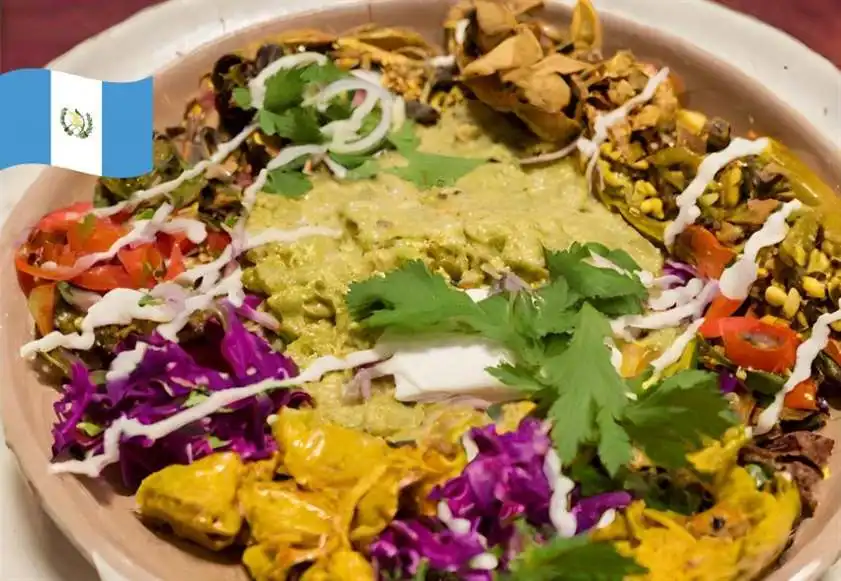
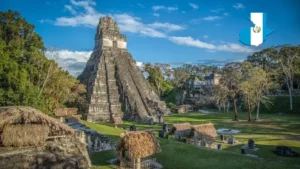










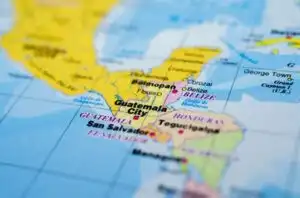




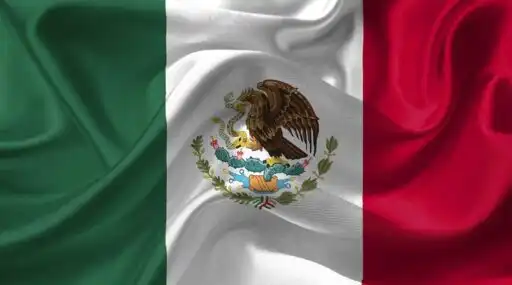


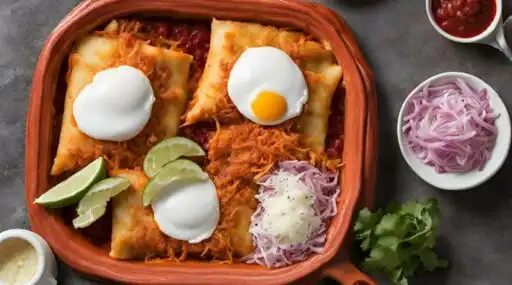
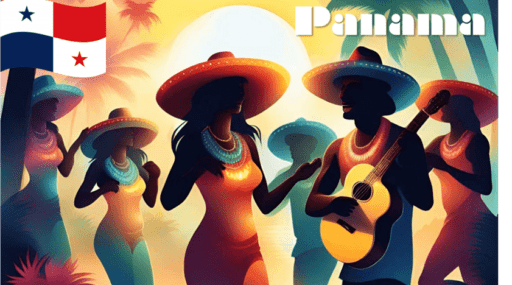



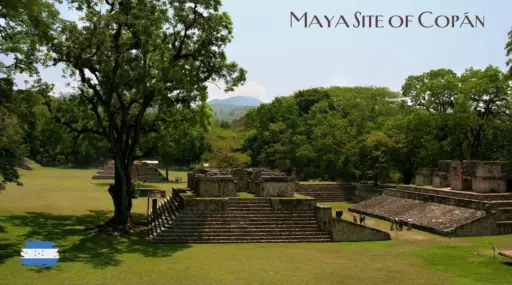

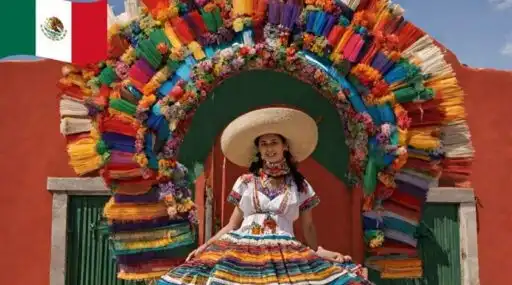
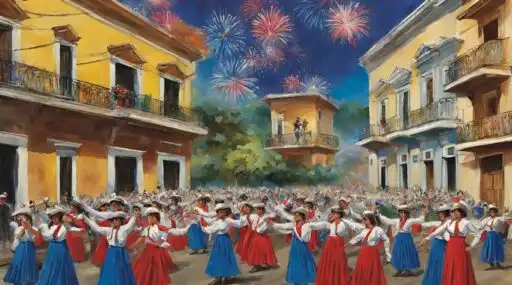

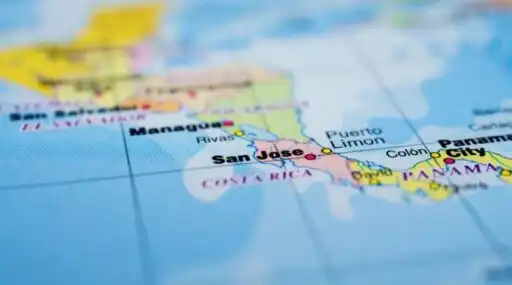

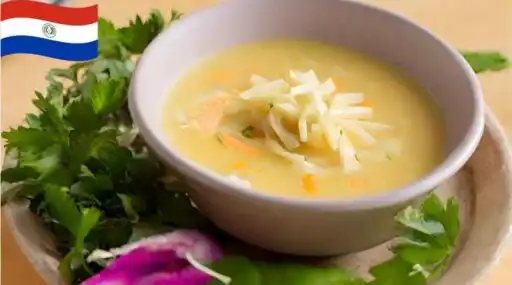


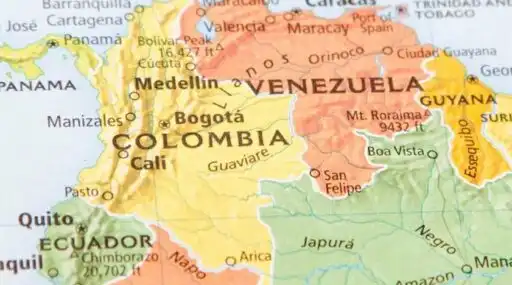

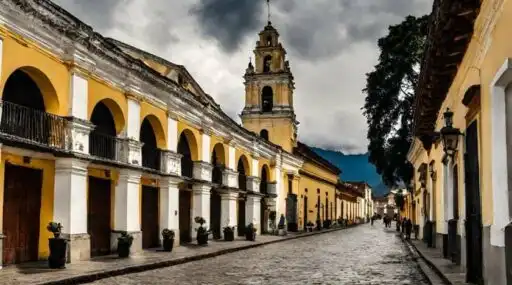
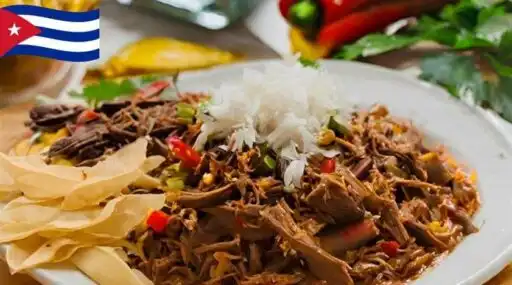








Leave a Reply